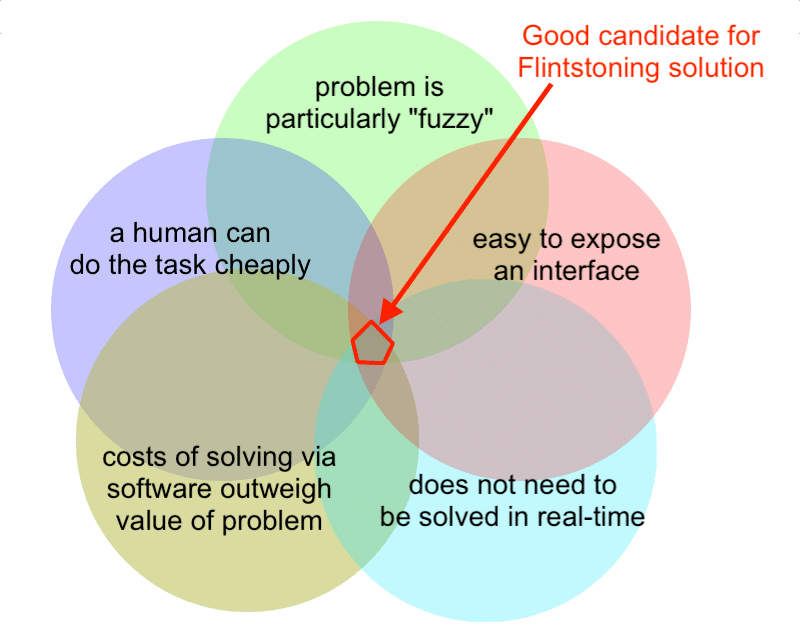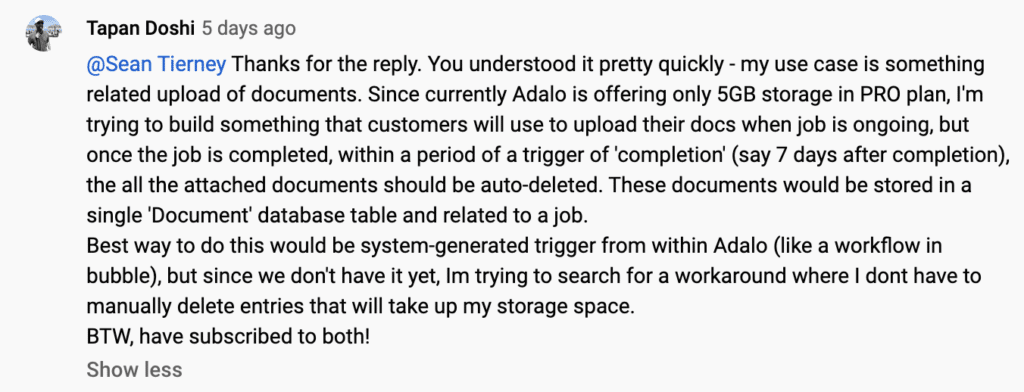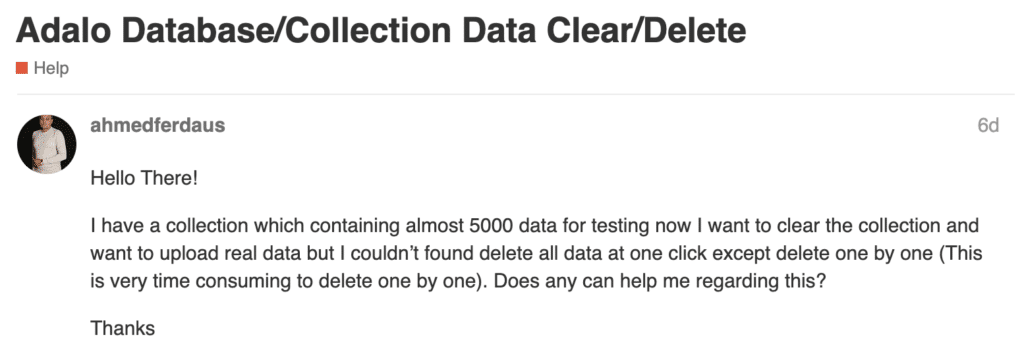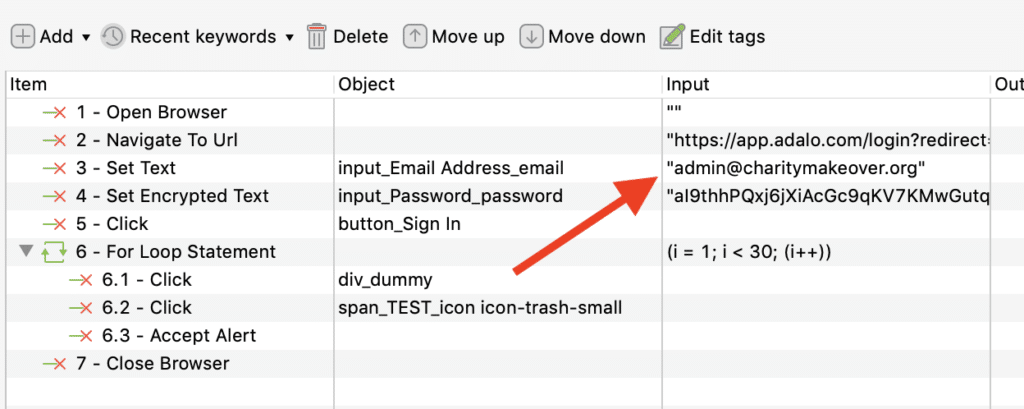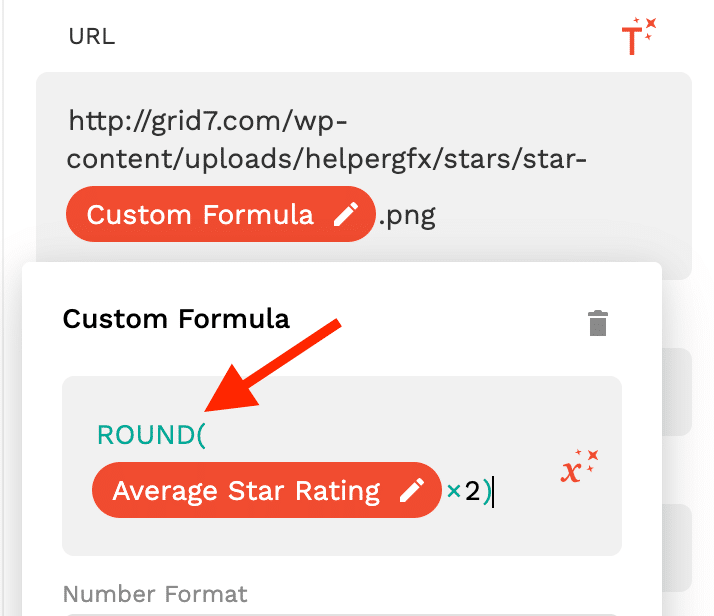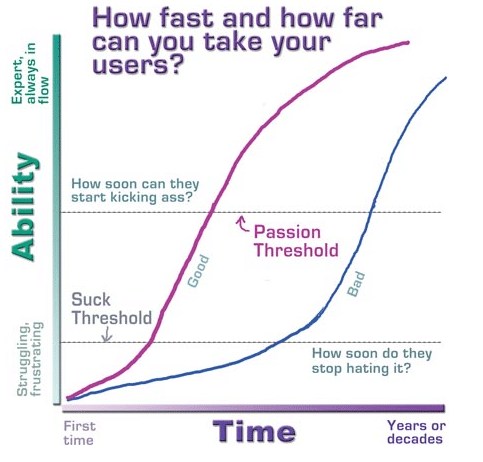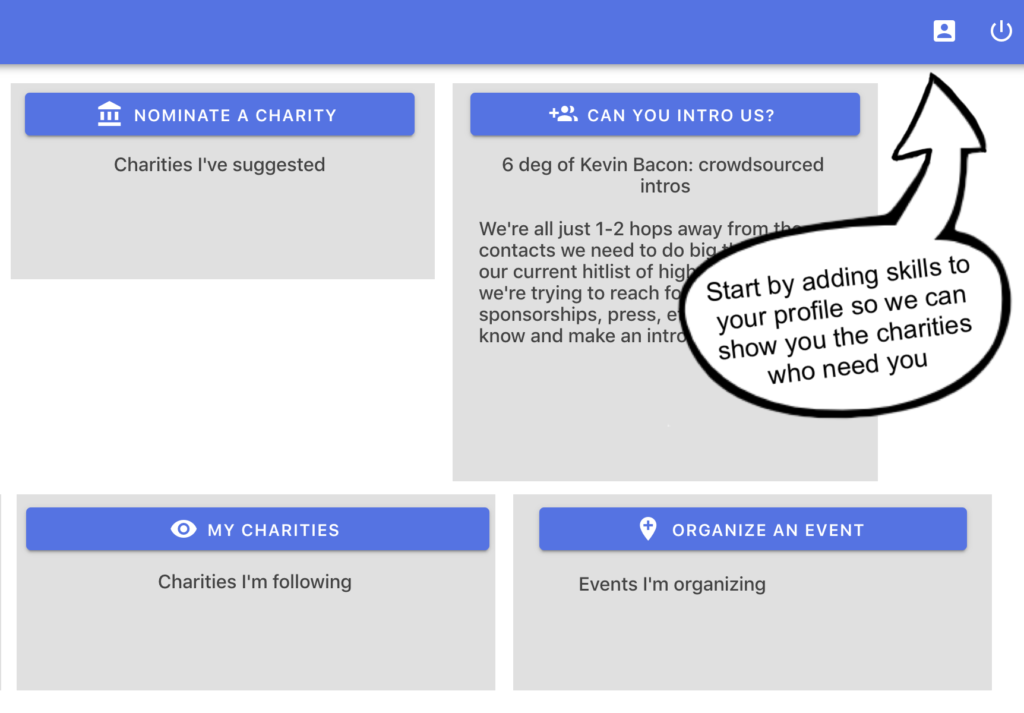You’re handling a bunch of tasks that you know you should be offloading to a virtual assistant. This daily operational muck will monopolize your time and keep you mired in place until you figure out how to extricate yourself. Welcome to operational quicksand.
You may already know you need to delegate and may have even already attempted to do so through outsourcing but had a bad experience. Or maybe it’s something you’ve put off attempting because you dwell on the number of ways it could go wrong:
- What if you get a bad apple worker and they screw things up?
- What if you find a great worker but it turns out that training and supporting that person takes up as much time as executing the tasks yourself?
- What if you find that unicorn perfect assistant, you’re able to efficiently train the person but then he/she leaves after you’ve invested all that time and you then have to start from scratch?
These are all valid concerns.
The good news is there’s a repeatable playbook you can use to reliably build up a bullpen of low-cost, high-skill outsourced talent that will permanently free you from the operational muck. Forever. And it’s a method you can use regardless of what industry you’re in or what role you’re hiring for.
Before we get there though, let’s first look at how the traditional approach to outsourcing typically goes wrong.
How outsourcing typically fails
The problem with the traditional approach to outsourcing is it’s not a system. This is one of my favorite quotes:
“If you can’t describe what you are doing as a process, you don’t know what you’re doing.” – Edwards Deming.
If you’ve tried and failed with outsourcing before chances are your experience went something roughly like this:
- You had a specific job you needed done and went to a service like Fiverr or Upwork.
- You posted a job and got a bajillion applications.
- Applicant quality was all over the map but you settled on the one that seemingly sounded like the best fit from the heresay of his/her cover letter and skill set.
- You awarded that person the job.
- And you got back a result that missed the mark, possibly in a huge way. Maybe communication was difficult or they went dark indefinitely or they just didn’t truly understand the goal of the project and fundamentally botched the outcome.
- You closed your laptop lid in disgust and wrote off outsourcing as a waste of time and went back to doing all the muck work yourself.
If your experience approximated this trajectory you’re not alone. Sadly this dysfunctional scenario plays out daily on these outsourcing sites despite all the ratings and reviews and technological checks & balances that exist. You know why? Because no amount of technology will solve a problem that’s happening on a different axis. The fundamental failing here comes down to this:
You bet on hope as a strategy instead of betting on a system.
Hope is not a reliable strategy. A system is.
My hero Jermaine Griggs has a brilliant saying: “A SYSTEM is Something You Stick To Emphatically and Methodically.”
Note nowhere does that definition say anything about technology because a system does not equal technology. It can incorporate technology but a system is just the deterministic playbook you execute that ensures you have a process to get you reliably closer to your goal.
A system makes it so you don’t have to bet on hope anymore.
I’m going to now show you the system I use for recruiting, vetting and working with outsourced labor. This methodology works regardless whether you’re outsourcing website development, podcast production, graphic design, lead generation, or baking cakes. It’s axiomatic and predicated on three different patterns that I call the “horse race,” “airlocks” and “fail canary” patterns.
How it works
The gist of this method is to remove the guesswork from recruiting outsourced labor and make it a data-driven game. You will be setting up essentially a mini “horse race” with multiple candidates that will ultimately reveal who your winning horse is empirically. Note: when I refer to “horses” in this context I’m purely using this tangible analogy to drive home the crux of the technique and not seeking to dehumanize outsourced labor nor imply they’re like horses.
The “Horse Race” is the controlled experiment which gives you apples-to-apples comparison of potential candidates in a real-world scenario.
“Airlocks” is the method by which you partition and parallelize the work amongst the horses in the race.
And “Fail Canary” is the technique you use to screen out candidates up front who can’t follow instructions.
So without further ado, here are the five steps and how these patterns work together:
- PREPARE: Develop a challenge that will test the primary skills you’re hiring for. If you’re hiring a full-stack web developer to build custom functionality for your WordPress site you could enumerate a set of features, sketch up a few screens and talk through it in a video. If you’re hiring a graphic designer to spruce up your site you can craft a redesign project with the goals and constraints defining desired styles, exemplary sites, etc. The point is to create a project that captures a good cross section of the work they will be doing with you over time and that won’t be solvable in two hours but can reveal meaningful progress in that time.
- RECRUIT: Create an account on a service like Upwork and post the job requirements. I’m a huge fan of using Trello and filming a Loom video walkthrough for this part (here are a few examples from a couple past mini projects). This is where I typically include a “Fail Canary” to screen out candidates who are incapable of following instructions. In the video up front I tell them I’m running a screening test to hire 1-2 contract workers who will be on retainer long-term with me and will be paid their full hourly rate for their participation in this preliminary screening test. I tell them they need to watch the full video explanation of the project and follow all instructions in order to qualify. Then at the end of the video when I’m done explaining the project requirements I ask them to parrot back their understanding of the project, how they propose to solve it and ask for an extra random bit of information like “what is your favorite food?” Failure to provide an answer to this “fail canary” question disqualifies them from consideration. While that might sound harsh this is your first filtration mechanism for screening down your pool of applicants to those who can follow instructions.
You can further screen using proxy requirements. Here’s what I mean by that: you may be hiring for a PHP dev role but what are the adjacent skill sets which identify a truly progressive dev who is on top of his/her game, well-rounded and focused on continuous learning? For this scenario I’ll further constrain my pool of applicants by including a tangential skill set like “Angular JS” “Node JS” or “Laravel” because finding the intersection of those two skill sets tells me this is a person who is at the forefront of his/her craft pushing the boundaries and learning complimentary frameworks that separate him/her from the pack.
Your job now is to canvas the available pool of potential hires and invite the most desirable candidates to fill your recruiting funnel. Your only goal at this stage is to get job applications from qualified candidates who demonstrate they understand the job and at least seem competent in their proposed approach for solving the challenge. Systems like Upwork enable you to search available candidates based on defined skills and quickly invite them to your position. You can copy/paste your invite or personalize it depending on how your funnel for qualified applicants is looking. If your invites are getting declined more often then not, consider taking a few extra seconds to personalize them.
- SCREEN: You should now have a pool of qualified candidates and your job from here is to winnow down to the 4-5 ones you think are best. Hopefully they’ve all submitted a cover letter fulfilling your request to summarize their understanding of the project, their proposed approach for addressing the challenges and their fail canary response. And ideally they’ve sent you a video instead of a cover letter. A video can reveal a lot about communication and personality style. You should have at least 10 qualified applicants at this stage. If not, keep recruiting until you do.
Once you have your 10 applicants evaluate them on the info you have at hand, namely their job application and their past track record of job completion and comments from previous clients. You’re now going to invite the most desirable horses to your horse race and equate the track on time or money so it’s a level, objective playing field. You want to award this project to 4-5 candidates and ask them to complete a fixed chunk of work towards solving it. I like to hire people for 2hrs at their full hourly rate. Alternatively you could pay each for $50 worth of work and let them work however long that gets you as a function of their hourly rate. The key here is to have a common fixed-length racetrack for the horse race so there can be a clear winner. I find it works best to fix on an allotted time block and just pay the different hourly rates. You will be admittedly paying 5x for the same piece of work in this mini-project but you will be gaining an invaluable apples-to-apples comparison of real-world work experience in the process that will help you definitively pick your winning horse tomorrow and avoid weeks of working with the wrong candidate.
Once you’ve awarded the jobs to your applicants it’s horse race time! Aaaaaand they’re off….
- EVALUATE: Depending on the complexity of the role, the job and what you’re testing for you may want to invite each candidate to use whatever project management infrastructure you usually use. The more you can test the candidates in a real-world scenario of how they’ll actually be working with you, the better. I like to invite my applicants as single-channel guests in a Slack channel setup for the project. Encourage questions if anything is unclear. Gauge their performance on the dimensions you care about: how responsive are they? What is the quality of their communication? Are they big-picture-focused and goal oriented or following a spec with blinders on with no eye towards the end goal? If you’re testing collaboration, are they cooperating with other candidates in Slack? How is the quality of the final work product? Did they come back with proposed improvements that indicated they thought deeply about the problem and found a better solution? If so, congrats you’ve found a gem.
- AWARD: So who was your winner? Typically the performance graph you see looks something like this:
You’ll have one that did pretty well, two who gave a very lukewarm performance, one who was running perpendicular to the race track and one who nailed it. Double-down on that lead horse. If you lucked out and had two who nailed it this is how you build a bull-pen of fallbacks and/or scale to parallelize work and have multiple workers going simultaneously. Don’t burn bridges at this point. Respectfully report the results to everyone who won’t be hired back and congratulate your lead horse on crushing it. Open a standing contract with that person and at this point you almost certainly want them as a single-channel Slack guest and in whatever other project management systems you use. I recommend paying slightly over their full hourly rate so that if they get busy they prioritize your jobs. Paying $1/hr extra is peanuts to you but could be a 5% pay increase for them. Also, take time to get to know your contractors, their family situation, what they like to do, when their holidays are. I guarantee 90% of his/her clients don’t do that so this is yet another opportunity to strengthen the relationship at no additional cost and this rapport can prove invaluable later when inevitable misunderstandings arise.
The role of “Airlocks”
We didn’t talk about the “Airlocks” pattern and what that is so let me briefly explain. Airlocks is a term I use for compartmentalizing and ensuring an air gap to your production system so that you can have a safe sandbox for untrusted labor to work without exposing you to security risk.
This is situation-specific to your circumstances vs. a blanket one-size-fits-all recommendation but let me give you some examples:
- If you’re hiring for WordPress development, clone the site and create a separate site sandbox for each developer.
- If you’re hiring a VA to produce your podcast, create a dummy account for each worker in whatever system you’re using (ie. Anchor.fm).
- If you’re hiring a graphic designer, give them read-only access to the media assets in Gdrive or Dropbox and give them a private write-enabled sub-folder just for them to save their work product.
As you identify winning horses over time you will obviously need to open the kimono to various systems and grant access. I’ve become a huge fan of the open source team password sharing system Passbolt. There’s a Digital Ocean droplet for it and for $6/mo you can get a really elegant system for granting and revoking access to your key systems with tiered trust levels. Very useful. Obviously change your passwords when you let people go just as you would with a traditional full-time employee.
Antifragility
There’s one last thing we need to talk about: what happens if/when you lose your lead horse? Turnover is a reality with any form of employment and people move on for a variety of reasons. One of the beautiful features of this approach to hiring is it’s particularly resilient in the face of turnover- I would even argue it’s anti-fragile in that the system actually becomes stronger in the face of turnover.
This is my actual documentation for my VA Marko from Macedonia who handles the production of The Nomad Podcast. Marko is amazing and for $50/episode he takes 6hrs of production work off my plate. We have a great relationship but if Marko won the lottery tomorrow I’m guessing he would move on and cease producing my podcast. What then?
The elegance of this approach is that I still have all the scaffolding that I created to recruit and train Marko, the original job posting with the screening challenge, the documentation above and all the Slack history of answering his questions. If I had to find another Marko at this point, the playbook is already written and just needs to be re-run. That’s leverage, that’s efficiency and ultimately that’s peace of mind.
Conclusion
We’ve covered a lot of ground here: the why for outsourcing, the ways it goes off the rails, a bulletproof system for reliably getting and working with the best talent. Once you have the outsourcing superpower you begin to win back your time, escape the operational quick sand and conquer increasingly difficult challenges with less stress because now not only do you have a solution but rather a system that solves. Yay. Proper use of outsourcing is a massive strategic advantage for you and having a bulletproof method for consistently finding the best talent faster than others puts you at an advantage amongst this advantaged subset. Remember if you can’t describe what you’re doing as a process…
If you enjoyed this post join my email list for exclusive tutorials on how to increase your leverage. Happy outsourcing.






